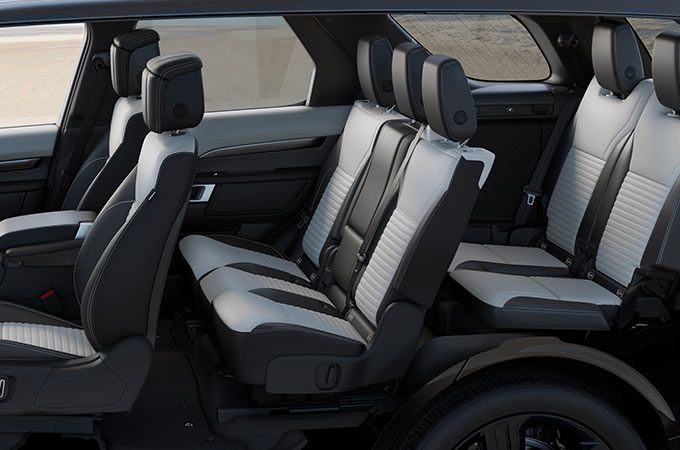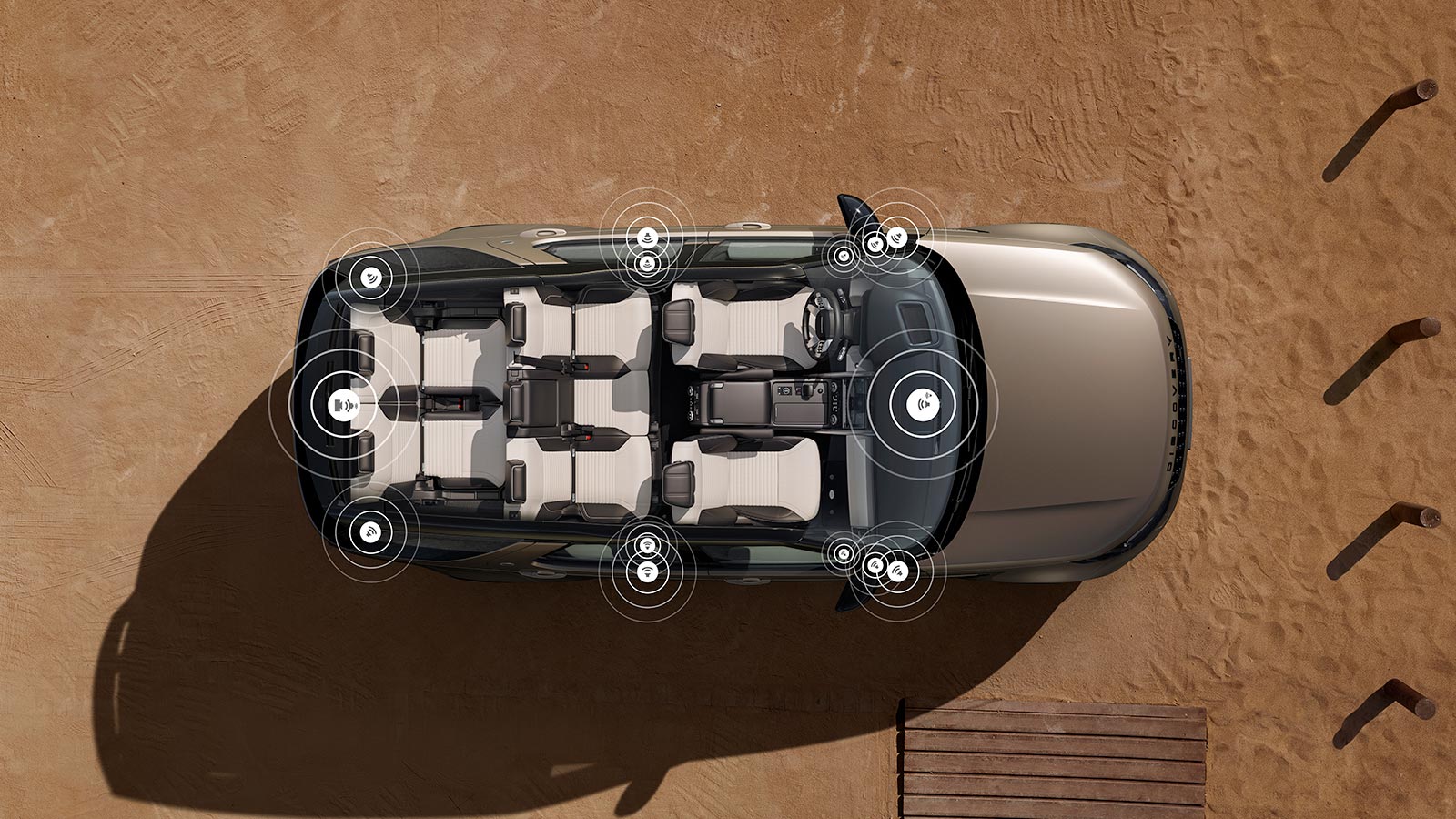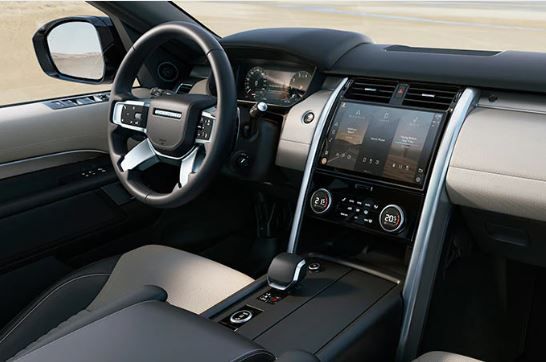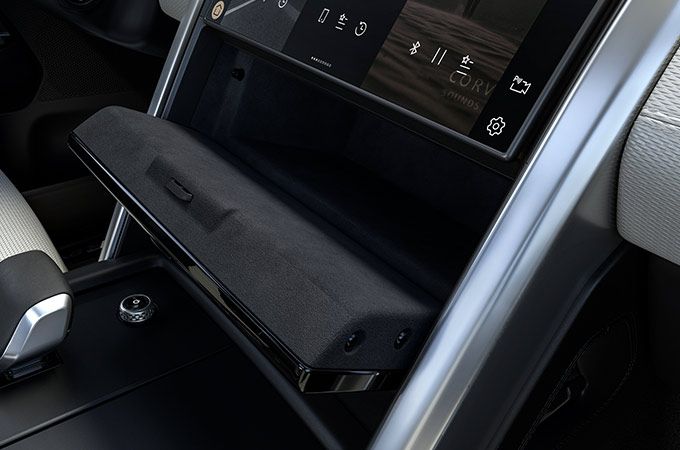What is it?
The new Discovery has been around a little while now and, like or loathe the way it looks, it’s been immensely popular. It’s capable of seating seven in comfort yet able to conquer nearly any type of terrain, so there’s little wonder why it’s been snapped up by consumers. Initially offered with a range of traditional diesel and petrol engines there’s now a new powertrain, and it uses Land Rover’s 2.0-litre petrol ‘Ingenium’ unit. It may appear, on paper at least, that this engine is too small to carry along the heavy Discovery, but is that the case? Let’s find out.
What’s new?
The biggest change here is the engine. We’ve previously seen this small capacity petrol engine used in a variety of Jaguar and Land Rover vehicles, in an attempt to combat the growing distrust of diesel units. Elsewhere, it’s business as usual. The Discovery still gets seven useable seats that can fold completely flat, as well as a full suite of driver aids to ensure that no weather or obstacle can stop you from getting where you need to go.
What’s under the bonnet?
This new Ingenium engine is, at 2.0-litres, the smallest capacity drivetrain offering you can get on the Discovery. It’s paralleled by a diesel version – though it’s the petrol that we have with us here. It produces 298bhp and an impressive 400Nm of torque, which means it’s able to get the two-tonne Disco up to 60mph in a reasonable 7.3 seconds and onwards to a top speed of 125mph. Of course, a by-product of a smaller engine working hard to lug a big, heavy body around is that it hurts economy. Land Rover claims that this version will return 29.4mpg on the combined cycle, though in daily driving we achieved closer to 22mpg. Emissions are, again, as you’d expect for a large SUV, sitting at 222g/km CO2.














